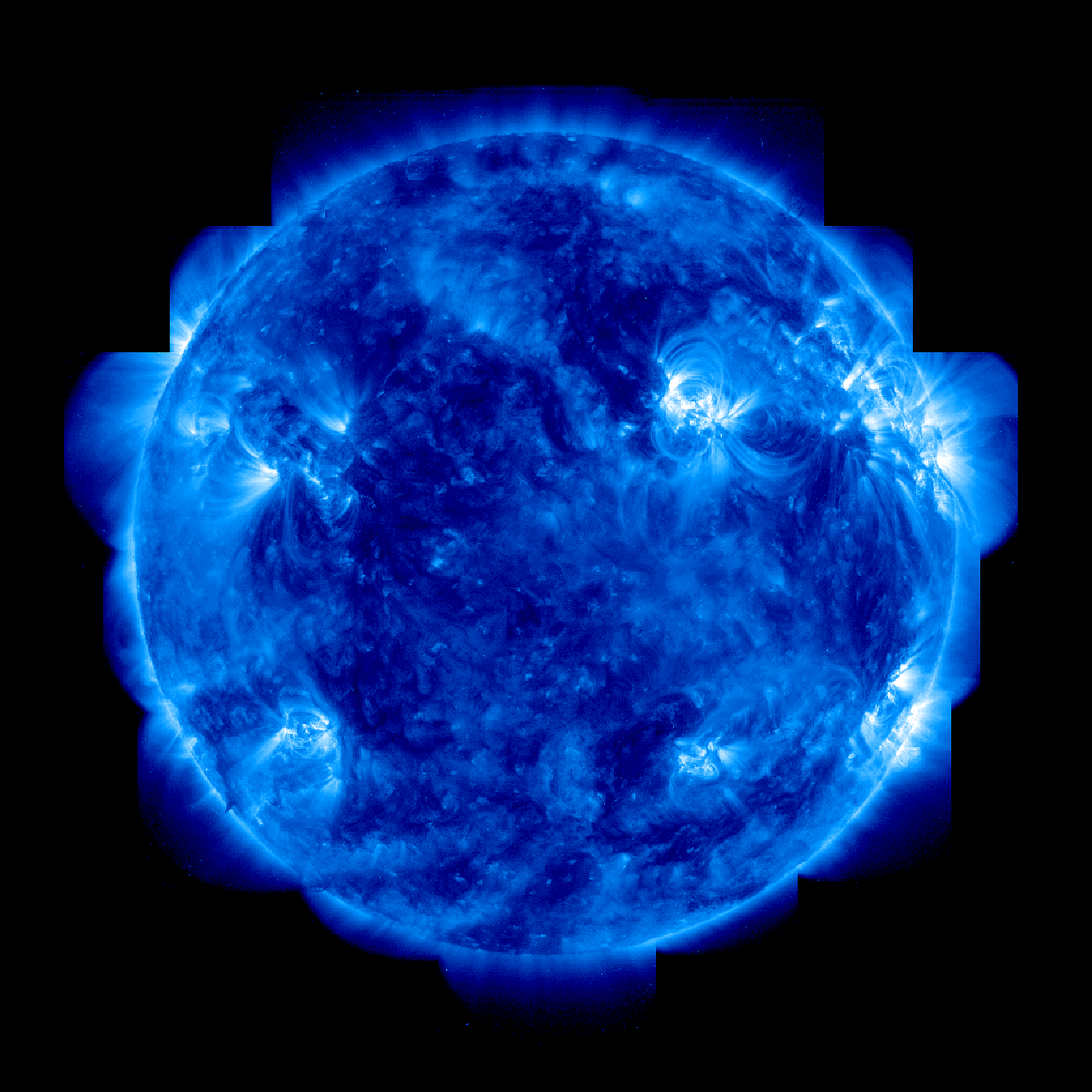The Sun’s magnetic field is a force to be reckoned with, exerting a powerful influence on space weather and impacting not only Earth but also other celestial bodies. This magnetic field plays a crucial role in shaping the dynamics of the Sun and its surrounding environment.
Generated by the movement of electrically charged particles within the Sun, the Sun’s magnetic field gives rise to various phenomena that have captivated scientists for centuries. Sunspots, for example, are dark, cooler areas on the Sun’s surface that are strongly influenced by the magnetic field. These magnetic disturbances can lead to explosive events like solar flares and coronal mass ejections, releasing vast amounts of energy and material into space.
However, the influence of the Sun’s magnetic field extends far beyond the boundaries of our star. As it interacts with Earth’s own magnetic field, it can give rise to mesmerizing displays of light known as auroras. These stunning natural phenomena occur when charged particles from the Sun are funneled along magnetic field lines and collide with atoms in Earth’s upper atmosphere. Additionally, the Sun’s magnetic field can cause geomagnetic storms, which can disrupt satellite communications and power grids on Earth.
But it doesn’t stop there. The Sun’s magnetic field also affects other celestial bodies within our solar system. For instance, it shapes the behavior of the solar wind, a stream of charged particles that flows outward from the Sun, influencing the atmospheres and environments of planets and moons. Understanding the power and influence of the Sun’s magnetic field is essential for unraveling the mysteries of space weather and its impact on our planet and beyond.
The Role of the Sun’s Magnetic Field
The Sun’s magnetic field plays a crucial role in shaping the dynamics of our star and its surrounding space environment. Generated by the movement of charged particles within the Sun, this magnetic field extends throughout the solar system, influencing various solar activities and phenomena.
One of the key aspects of the Sun’s magnetic field is its ability to give rise to sunspots, which are dark, cooler regions on the Sun’s surface. These sunspots are caused by the intense magnetic activity occurring beneath the surface. They often appear in pairs or groups and can last for days or even weeks. Sunspots are closely linked to the Sun’s magnetic field and provide valuable information about its behavior and changes over time.
In addition to sunspots, the Sun’s magnetic field also influences the occurrence of solar flares and coronal mass ejections (CMEs). Solar flares are sudden releases of energy in the form of intense bursts of radiation across the electromagnetic spectrum. They are accompanied by the ejection of charged particles into space. CMEs, on the other hand, are massive eruptions of plasma and magnetic fields from the Sun’s corona. These events can have significant impacts on space weather and can potentially affect Earth and other celestial bodies in the solar system.
Understanding the generation and effects of the Sun’s magnetic field is crucial for studying and predicting solar activity. Scientists use various methods, including observations and computer simulations, to gain insights into the complex processes involved. By unraveling the mysteries of the Sun’s magnetic field, we can better comprehend the dynamics of our star and the space weather phenomena that can influence our technological infrastructure and even impact the Earth’s magnetic field.
The Impact on Earth
The Sun’s magnetic field plays a crucial role in shaping the space weather around Earth, leading to a variety of fascinating phenomena and sometimes causing disruptions to our modern technological infrastructure. When the Sun’s magnetic field interacts with Earth’s magnetic field, it can give rise to geomagnetic storms, which are intense disturbances in Earth’s magnetosphere. These storms can have a range of effects, from creating beautiful auroras in the polar regions to causing disruptions in satellite communications.
During a geomagnetic storm, the Sun’s magnetic field lines can become tangled with Earth’s magnetic field lines, leading to a release of energy and charged particles. This energized particles can then travel down Earth’s magnetic field lines and collide with atoms and molecules in the upper atmosphere, resulting in the stunning displays of light known as auroras. These colorful ribbons of light can be seen in the night sky near the Earth’s poles, captivating observers with their ethereal beauty.
However, geomagnetic storms can also have more practical implications. The release of energy during these storms can induce electrical currents in power grids and pipelines, potentially leading to power outages and equipment damage. Additionally, the charged particles from the Sun can interfere with satellite communications, disrupting GPS signals and causing temporary loss of communication. Understanding the interaction between the Sun’s magnetic field and Earth’s magnetic field is crucial for predicting and mitigating the potential impacts of these geomagnetic storms.

